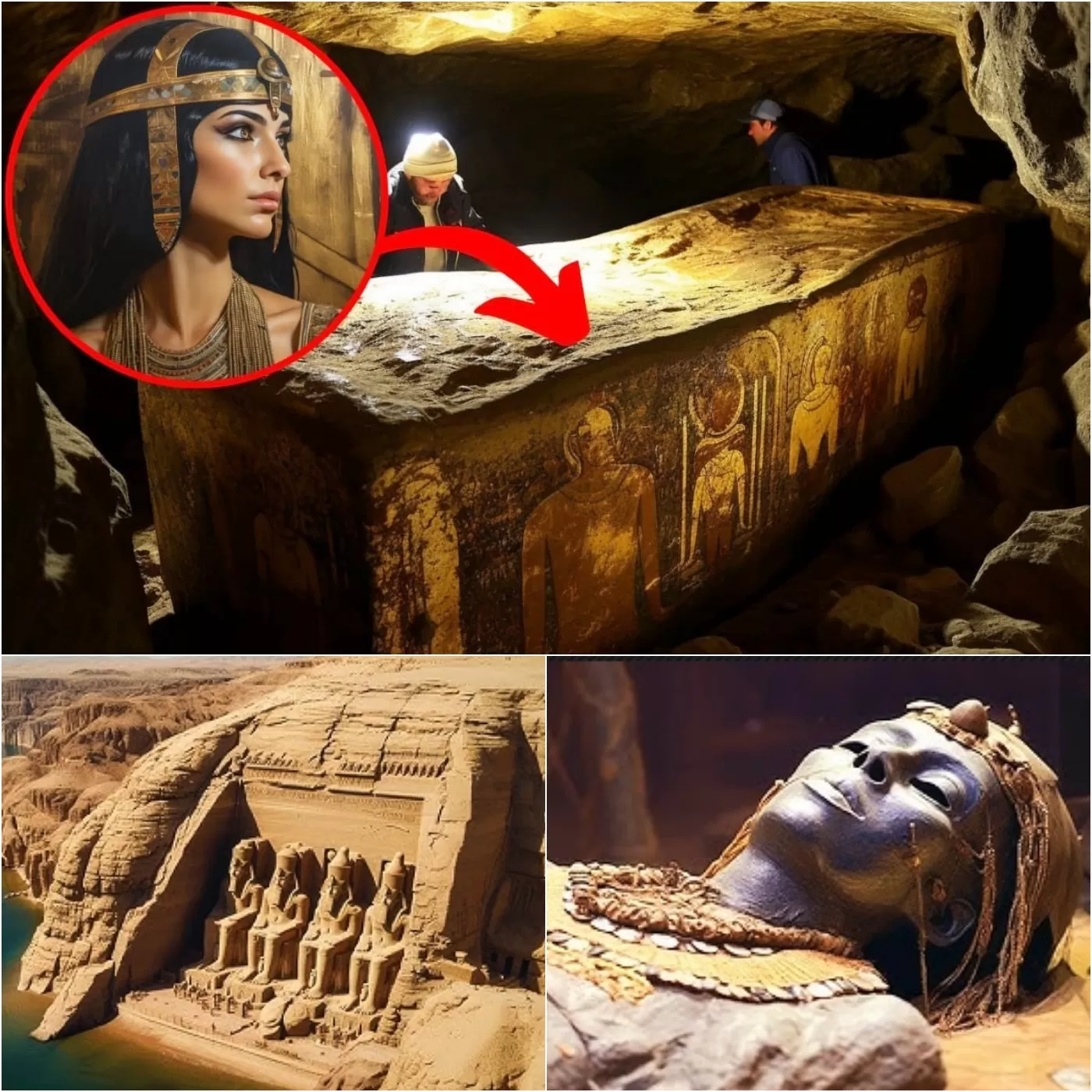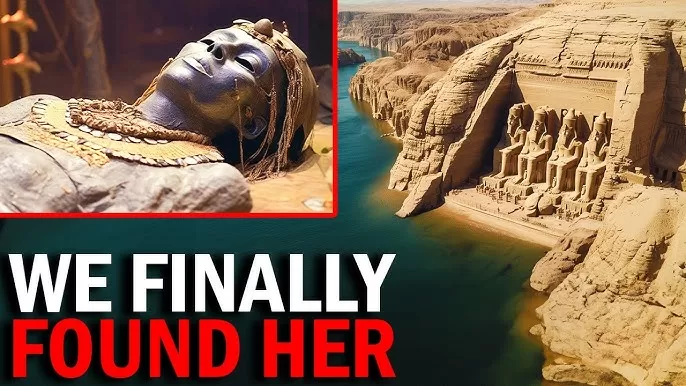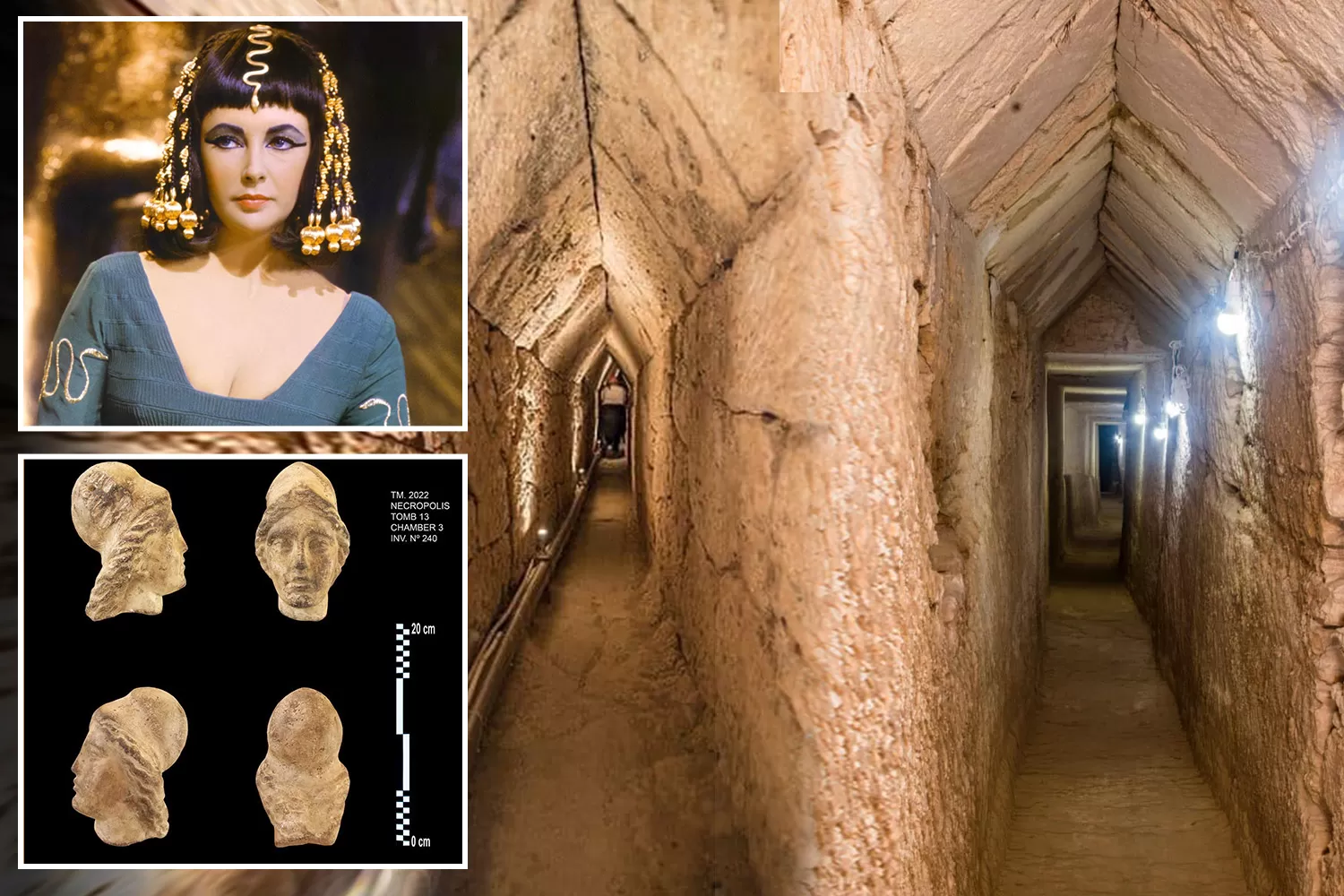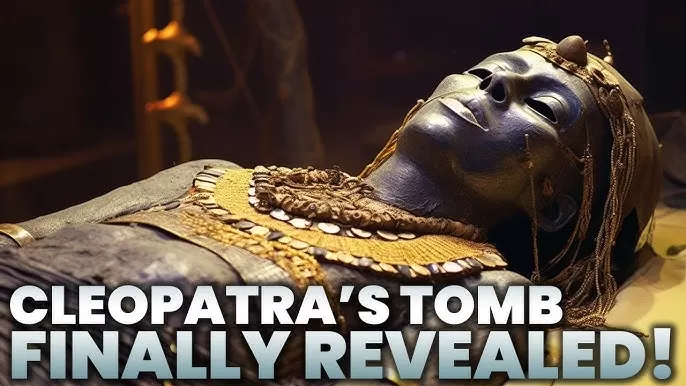An unprecedented discovery: the tunnel that could lead to Cleopatra’s tomb
Egypt remains an inexhaustible source of archaeological mysteries, and recently, a team of researchers has made a discovery that could change history: an ancient underground tunnel that could lead to the tomb of Cleopatra, the legendary queen of Ancient Egypt.

The discovery of the tunnel
Archaeologists led by Dr. Kathleen Martinez, an Egyptology expert at the University of Santo Domingo, have been exploring the site of Taposiris Magna, an ancient temple located near Alexandria. For years, this place has been considered a possible reference point in the search for the tomb of Cleopatra, who is believed to have been buried alongside Mark Antony after her tragic end in 30 BC.

The newly discovered tunnel lies approximately 13 metres underground and stretches for more than 1,300 metres. The architectural features of the passage are reminiscent of designs used in temples from the Ptolemaic period, reinforcing the theory that it could be related to Cleopatra’s tomb.
Why in Taposiris Magna?
Taposiris Magna has been a site of interest to archaeologists for decades. This temple is believed to have been dedicated to Osiris, the Egyptian god of resurrection and the afterlife. Cleopatra, who considered herself a reincarnation of Isis, may have chosen this spot as her final resting place.

Researchers have also found inscriptions and figurines that refer to the Ptolemaic dynasty, raising the possibility that Cleopatra’s tomb is nearby. The presence of underground structures and hidden passages suggests that the temple could have been used for high-level funeral ceremonies.
Archaeological evidence
So far, the team has found numerous clues that could support the theory that Cleopatra’s tomb is in this region. Recent findings include:
- Coins bearing the face of Cleopatra, indicating her importance at the site.
- Reliefs and statuettes representing Isis and Osiris, linked to the queen’s beliefs.
- A network of galleries and passages that suggest the existence of funerary structures.
- Remains of mummies with evidence of noble burials.
Exploring the tunnel is challenging due to the conditions of the site, which has been partially affected by earthquakes and floods over the centuries. However, archaeologists are using radar scanning technology and drones to map the interior of the passage without damaging it.
The mystery of Cleopatra’s tomb
Cleopatra VII is one of the most iconic figures in history, known for her intelligence, diplomacy and her legendary relationships with Julius Caesar and Mark Antony. However, her tomb remains an enigma. Ancient texts mention that she was buried with honours next to Mark Antony, but the exact location remains unknown.

Some historians believe that he might be in Alexandria, the capital of his kingdom, but explorations in the area have been fruitless. The theory that his tomb could be in Taposiris Magna has gained strength in recent years, and this new discovery could be the key to solving the mystery.
What’s next for researchers?
Dr. Martinez’s team will continue excavating and analyzing the tunnel in the coming months. Additional studies are expected to be conducted using advanced scanning technology to determine if there are hidden chambers or inscriptions that could confirm the presence of Cleopatra’s tomb.
If this tunnel does lead to her tomb, it would be one of the most important archaeological discoveries of the century. Not only would it shed light on Cleopatra’s final days, but it would also provide invaluable information about the Ptolemaic era and the burial customs of Egyptian royalty.
The discovery of this ancient tunnel in Taposiris Magna could mark a turning point in the history of Egyptian archaeology. Although there are still many unanswered questions, the possibility of finding Cleopatra’s tomb has the world in suspense.
The next few months will be crucial in determining whether, finally, one of the greatest mysteries of Ancient Egypt is about to be solved. In the meantime, archaeologists will continue to explore the depths of history, unearthing secrets that have remained hidden for more than two thousand years.





